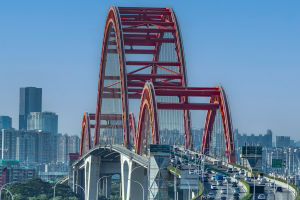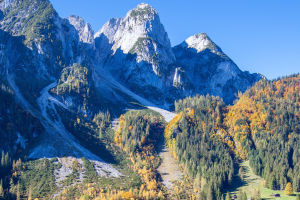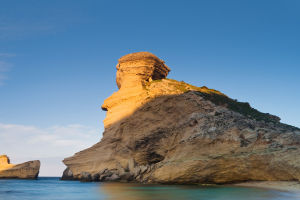Welcome Lykkers! Nestled in the heart of Ecuador, Cotopaxi is one of the most iconic and active stratovolcanoes in the world.Towering at an elevation of 5,897 meters (19,347 feet) above sea level.
It is the second-highest peak in Ecuador and one of the highest volcanoes globally. Its nearly symmetrical cone and snow-capped summit make it a striking natural wonder and a major attraction for climbers, geologists, and adventurers.
Cotopaxi
A Geological Marvel
Cotopaxi, located within the Andes Mountain range, is part of the Pacific Ring of Fire, a region known for its intense tectonic activity. Classified as a stratovolcano, it is characterized by a steep, conical shape formed by layers of hardened lava, volcanic ash, and other eruptive materials. This structure results from repeated cycles of explosive eruptions followed by lava flows.
The volcano sits atop the subduction zone where the Nazca Plate dives beneath the South American Plate, creating the conditions for its volcanic activity. Cotopaxi's eruptions have historically been both explosive and effusive, with pyroclastic flows and lahars (volcanic mudflows) posing significant hazards to nearby communities.
A History of Eruptions
Cotopaxi's eruptive history is well-documented, with records dating back to the 16th century. The volcano has erupted more than 50 times since 1738, making it one of the most active volcanoes in South America. Its most recent major eruption occurred in 2015, when it emitted ash and gas clouds, prompting evacuations and heightened monitoring.
The potential dangers of Cotopaxi’s eruptions include:
Pyroclastic flows: Superheated clouds of gas, ash, and rock that descend at high speeds.
Lahars: Volcanic mudflows that can travel long distances, fueled by melting glaciers.
Ashfall: Disruption to air quality, agriculture, and daily life in surrounding areas.
Despite its activity, Cotopaxi has also enriched the region with fertile volcanic soils, supporting agriculture and biodiversity.
The Mythology and Cultural Significance
Cotopaxi holds a special place in the mythology and culture of Ecuador. For the Indigenous peoples of the Andes, it is revered as a sacred mountain, believed to house powerful spirits. In their legends, Cotopaxi is often associated with Pachamama (Mother Earth) and natural cycles of destruction and renewal.
For modern Ecuadorians, Cotopaxi is a symbol of national pride and resilience. Its image appears on various emblems, artwork, and promotional materials, showcasing its importance as a cultural and natural landmark.
A Climber's Dream
Cotopaxi is a top destination for mountaineers and adventurers from around the world. Its summit offers breathtaking views of the Andes, but the climb is challenging due to the high altitude, steep terrain, and glacial conditions. The ascent typically takes two days, with climbers beginning their journey from the base camp at 4,800 meters. Proper acclimatization and training are essential for a successful climb.
For those not looking to summit, Cotopaxi National Park offers numerous hiking trails, wildlife spotting opportunities, and stunning landscapes. Visitors can explore the diverse ecosystems, including páramo (high-altitude grasslands), lagoons, and forests.
Environmental Importance
Cotopaxi plays a vital role in Ecuador’s ecology. Its glaciers act as a critical water source for surrounding communities, feeding rivers and reservoirs that support agriculture and drinking water supplies. However, climate change is causing the glaciers to retreat rapidly, raising concerns about water scarcity and the increased risk of glacial melt-related hazards.
Ongoing Monitoring and Conservation
Given its activity, Cotopaxi is under constant surveillance by the Ecuadorian Geophysical Institute. Advanced monitoring systems track seismic activity, gas emissions, and other indicators to provide early warnings of potential eruptions. The government has also implemented emergency response plans to protect communities in the event of an eruption.
Efforts are ongoing to balance conservation and tourism in Cotopaxi National Park. Responsible tourism practices help preserve the area’s fragile ecosystems while allowing visitors to experience its beauty sustainably.
Cotopaxi is more than just a majestic peak; it is a living, breathing part of the Earth’s geological processes and a symbol of Ecuador’s natural heritage. Its awe-inspiring presence reminds us of both the power and beauty of nature, urging us to respect and protect it for future generations. Whether you’re a climber, a nature enthusiast, or a cultural explorer, Cotopaxi offers an unforgettable experience that connects you to the wonders of the Andes Mountains.


